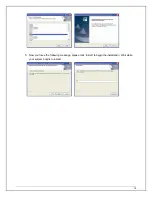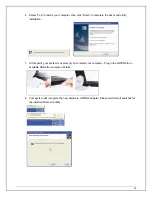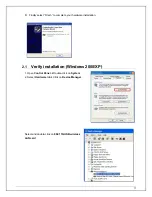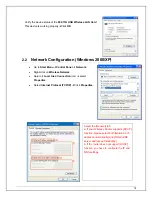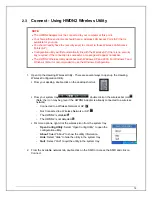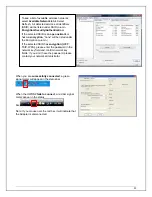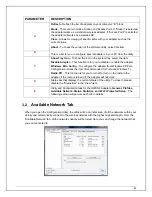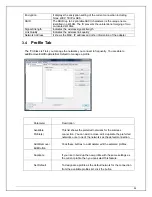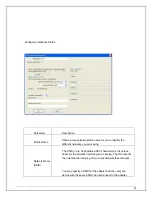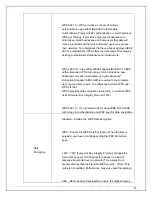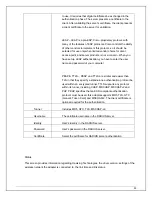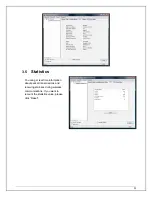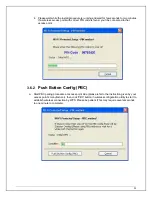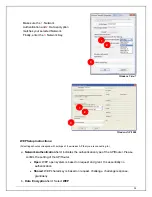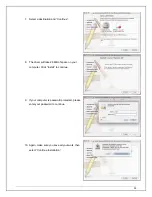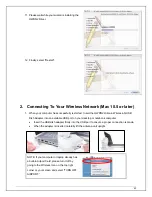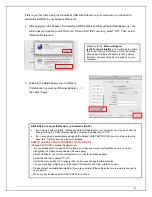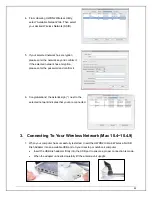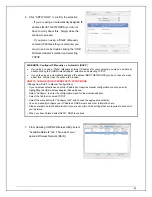
29
to use. It requires that digital certificates be exchanged in the
authentication phase. The server presents a certificate to the
client. After validating the server’s certificate, the client presents
a client certificate to the server for validation.
LEAP – LEAP is a pre-EAP, Cisco-proprietary protocol, with
many of the features of EAP protocols. Cisco controls the ability
of other vendors to implement this protocol, so it should be
selected for use only when limited vendor choice for client,
access-point, and server products is not a concern. When you
have set up LEAP authentication, you have to enter the user
name and password of your computer.
PEAP & TTLS – PEAP and TTLS are similar and easier than
TLS in that they specify a stand-alone authentication protocol be
used within an encrypted tunnel. TTLS supports any protocol
within its tunnel, including CHAP, MSCHAP, MSCHAPv2 and
PAP. PEAP specifies that an EAP-compliant authentication
protocol must be used; this adaptor supports MD5, TLS, GTC
(Generic Token Card) and MSCHAPv2. The client certificate is
optional required for the authentication.
Tunnel
Includes MD5, GTC, TLS, MSCHAP-v2.
Username
The certificate username in the RADIUS server.
Identity User’s
identity
in the RADIUS server.
Password
User’s password in the RADIUS server.
Certificate
Select the certificate for RADIUS server authentication
Status
This screen provides information regarding Hawking Technologies, the driver version, settings of the
wireless network the adapter is connected to, the link time and link status.
Summary of Contents for Hi-Gain
Page 1: ......
Page 10: ...10 f Congratulations you are now successfully connected ...

